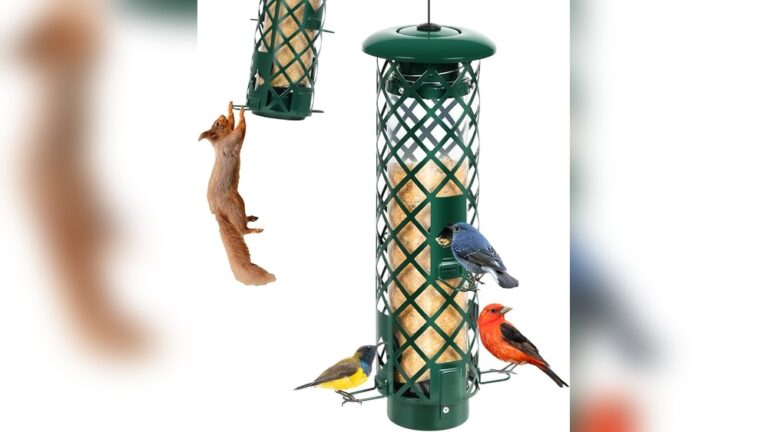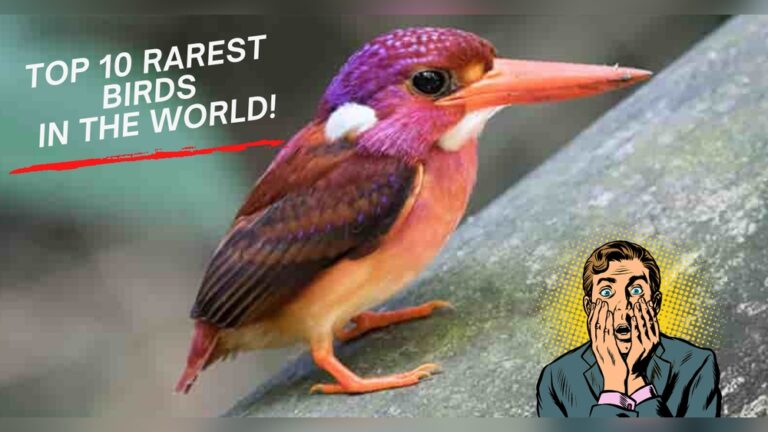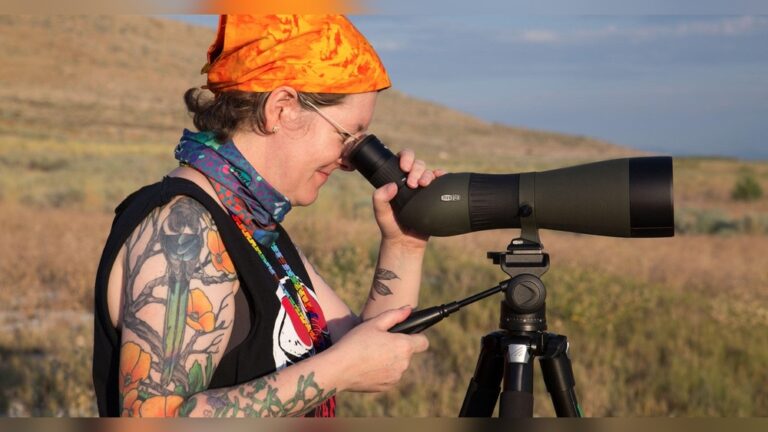Food Guide For Backyard Birding
If you love watching birds in your backyard, you know how exciting it is to see different feathered friends visit. But did you know that the food you offer can make all the difference?
Choosing the right seeds and treats will attract more birds and keep them coming back. In this guide, you’ll discover simple, effective ways to feed your backyard birds so you can enjoy their beauty every day. Ready to turn your yard into a bird paradise?
Keep reading to find out how!
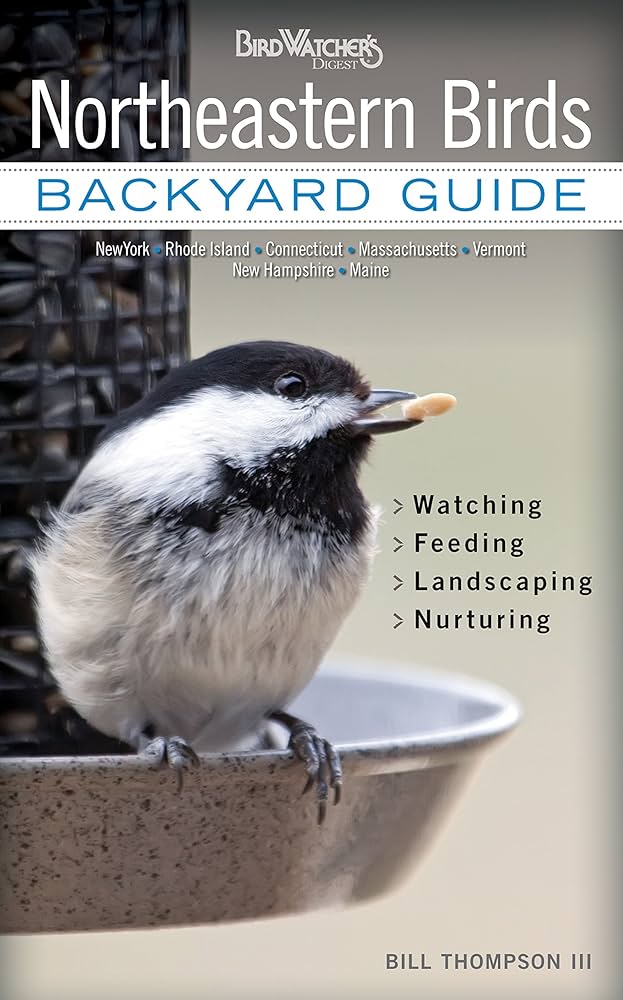
Credit: www.amazon.com
Choosing The Right Bird Food
Choosing the right bird food helps attract many types of birds to your backyard. Different birds prefer different foods. Offering a variety of foods keeps your bird visitors happy and healthy. Knowing what to offer makes your bird feeding more successful.
Seeds And Mixes
Seeds are the most common food for backyard birds. Black oil sunflower seeds attract many birds. They are easy to crack and full of energy. Mixed seed blends offer variety for different birds. Avoid cheap mixes with too much filler like millet. Choose high-quality seeds for better bird visits.
Nuts And Fruits
Nuts like peanuts provide protein and fat. Birds like jays, woodpeckers, and nuthatches love nuts. Offer unsalted, shelled nuts to keep birds safe. Fruits attract colorful birds like orioles and tanagers. Slices of apple, orange, and berries work well. Fresh fruits add vitamins and moisture to their diet.
Suet And Mealworms
Suet is a high-energy food made from animal fat. It attracts woodpeckers, chickadees, and nuthatches. Offer suet in winter when birds need extra energy. Mealworms are a favorite protein source for insect-eating birds. Bluebirds and robins enjoy live or dried mealworms. Both suet and mealworms support strong, healthy birds.
Feeding Different Bird Species
Feeding different bird species helps create a lively backyard. Each bird likes certain foods and feeders. Knowing their preferences makes your garden a favorite spot for birds. This guide shows how to attract finches, sparrows, woodpeckers, nuthatches, orioles, and hummingbirds with the right food.
Attracting Finches And Sparrows
Finches and sparrows love small seeds. Nyjer seed and millet work best. Use tube feeders with small holes. Place feeders in open areas to keep birds safe. These birds enjoy feeding in groups. Fresh, clean seed helps keep them healthy.
Welcoming Woodpeckers And Nuthatches
Woodpeckers and nuthatches prefer suet and nuts. Offer suet cakes in wire cages. Peanuts or shelled nuts attract nuthatches too. Hang feeders on tree trunks or branches. These birds like shade and quiet spots. They visit often if food is fresh.
Inviting Orioles And Hummingbirds
Orioles enjoy fruit and nectar. Offer orange halves and grape jelly. Use nectar feeders with red parts for hummingbirds. Fill feeders with fresh sugar water, no dye. Clean feeders every few days. Bright colors and sweet food bring these birds close.
Seasonal Feeding Tips
Feeding birds in your backyard changes with the seasons. Birds need different foods to stay healthy and strong. Knowing what to offer helps attract more birds and keeps them safe. Seasonal feeding supports birds all year long.
Adjusting food types and feeding methods is important. Birds have varied diets in winter and summer. Providing the right food helps them survive cold or find energy in heat.
Winter Food Choices
Winter is a tough time for birds. Natural food becomes scarce. High-energy foods are best to help birds stay warm. Seeds like sunflower and safflower offer good fat content. Suet blocks are another great option. They provide calories birds need in cold weather.
Offer fresh water too. Water can freeze, so use a heated birdbath. Keep feeders clean to prevent illness. Place food near shelter for safety.
Summer Feeding Strategies
Summer brings heat and plenty of insects. Birds eat more insects but still enjoy seeds and fruits. Offer fresh fruits like berries or melon pieces. Avoid fatty foods in hot weather.
Provide water for drinking and bathing. Keep water shallow and clean. Change water daily to prevent bugs. Place feeders in shaded areas to protect birds from heat.
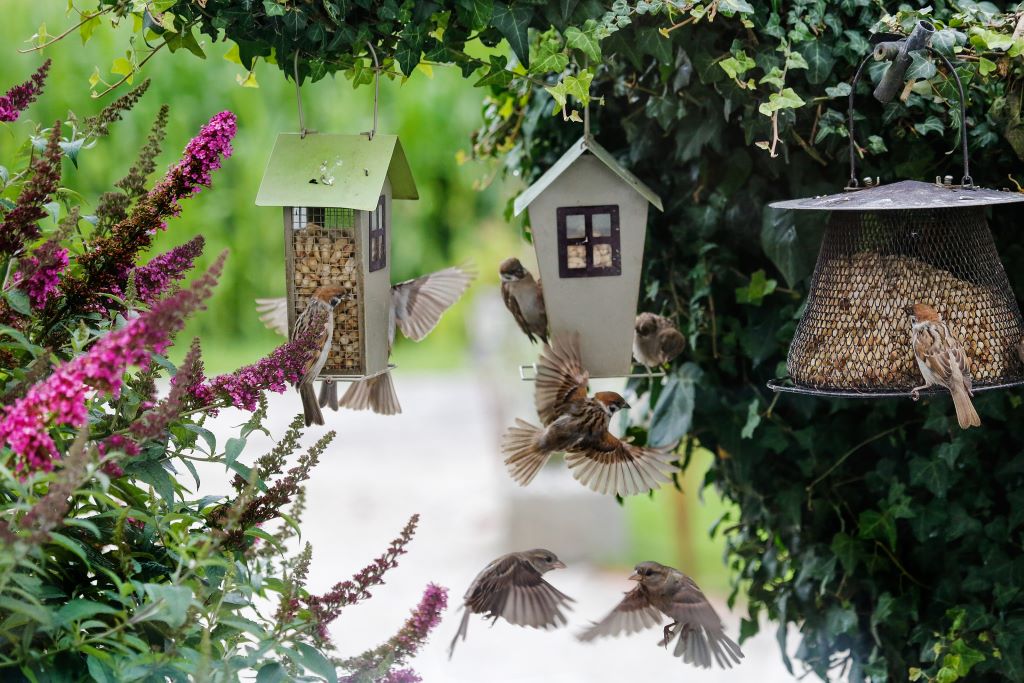
Credit: chirpforbirds.com
Setting Up Feeders
Setting up bird feeders is a fun way to attract birds to your backyard. It creates a space where birds can find food easily. A good setup can invite many types of birds. It also helps you enjoy birdwatching from your window or garden. Let’s explore the types of feeders and how to place and care for them.
Types Of Feeders
Tube feeders hold small seeds like sunflower or millet. They attract finches and chickadees. Hopper feeders look like small houses. They hold a lot of seed and suit bigger birds. Platform feeders are flat and open. They work well for ground-feeding birds like doves. Suet feeders hold fat cakes. These attract woodpeckers and nuthatches. Choose feeders based on the birds you want to see.
Placement And Maintenance
Place feeders where birds feel safe. Near trees or shrubs is best. It gives birds shelter from predators. Keep feeders at least three feet from windows. This prevents birds from hitting glass. Clean feeders regularly to stop mold and disease. Change seed often to keep it fresh. Remove old or wet seed quickly. A clean feeder keeps birds healthy and returning often.
Avoiding Common Feeding Mistakes
Feeding birds in your backyard is fun and rewarding. But small mistakes can harm the birds or make feeding less effective. Knowing common feeding errors helps keep birds safe and happy. This guide focuses on two key areas: preventing mold and spoilage, and minimizing pest problems.
Preventing Mold And Spoilage
Moldy food is dangerous to birds. It can cause illness or even death. Always check food for signs of mold before putting it out. Wet or old seeds spoil fast. Keep feeders clean and dry. Clean feeders every few days with warm water and mild soap. Rinse well and dry before refilling. Use fresh food and avoid letting it sit for too long. Store seed in a cool, dry place. Dry food lasts longer and stays safe for birds.
Minimizing Pest Problems
Feeding birds can attract unwanted pests like squirrels and rodents. These pests can scare birds away and spread disease. Use squirrel-proof feeders to keep pests out. Place feeders away from trees or structures pests can jump from. Clean up spilled seeds under feeders to reduce food for pests. Avoid overfilling feeders to limit waste. Pests thrive on leftover food, so less mess means fewer visitors. Control pests gently to protect birds and the environment.
Natural Food Sources In Your Yard
Natural food sources in your yard invite birds to visit and stay longer. Birds need seeds, berries, and insects for energy and health. Providing natural foods helps birds find what they need easily. It also supports local wildlife and encourages a lively backyard.
Planting For Birds
Choose native plants that produce seeds and berries. Sunflowers, coneflowers, and milkweed attract many birds. Trees like oak and pine offer nuts and shelter. Shrubs with berries provide food in winter. Flowers attract insects, a vital food source for birds. Plant a mix to offer food year-round.
Providing Water And Shelter
Water attracts birds and helps them stay healthy. Use shallow birdbaths or small ponds. Change water often to keep it clean. Shelter protects birds from weather and predators. Dense bushes, trees, and brush piles work well. Combine food, water, and shelter for a bird-friendly yard.

Credit: avianreport.com
How Smart Pets Lover Can Help You with Food Guide For Backyard Birding
Practical Learning Opportunities in Backyard Bird Feeding
Understanding the nuances of backyard birding goes beyond just placing feeders—it’s about creating a dynamic learning experience that connects you more deeply with nature. By experimenting with different bird foods tailored to specific species, you develop an eye for which birds visit your yard and why. This hands-on approach reinforces lessons from choosing the right bird food and feeding different bird species, allowing you to observe seasonal feeding habits firsthand.
Setting up feeders strategically not only attracts a variety of birds but also offers a chance to practice patience and observation skills. Over time, you’ll notice how natural food sources in your yard complement your efforts, enhancing your backyard’s ecosystem. At Smart Pets Lover, we believe this practical engagement fosters confidence and curiosity, making every chirp a story worth exploring.
If you ever want to dive deeper or have questions, connecting with local birding groups or wildlife experts can be invaluable. They’re wonderful resources for personalized advice and inspiration on nurturing your feathered friends responsibly.
Frequently Asked Questions
What Foods Attract The Most Backyard Birds?
Seeds like sunflower, millet, and nyjer attract many birds. Suet and peanuts also appeal to woodpeckers and nuthatches. Fresh fruits and mealworms can lure a variety of species. Offering a mix increases bird diversity in your backyard.
How Do I Choose Safe Bird Food?
Select natural, pesticide-free seeds and fruits. Avoid salted, flavored, or processed foods. Use fresh water and clean feeders regularly. This keeps birds healthy and prevents disease. Quality food supports their energy and breeding success.
When Is The Best Time To Feed Backyard Birds?
Feed birds year-round, especially in winter and early spring. Birds need extra energy during cold months and breeding season. Regular feeding helps them survive harsh weather and raises their young. Consistency in feeding builds trust and repeat visits.
Can Homemade Bird Food Be Nutritious?
Yes, homemade mixes with seeds, grains, and dried fruits work well. Avoid adding salt, sugar, or artificial ingredients. Homemade food can be cost-effective and tailored to local birds’ needs. Always keep it fresh and dry to prevent spoilage.
Conclusion
Feeding birds in your backyard brings joy every day. Simple foods like seeds and fruits attract many birds. Clean feeders and fresh water keep birds healthy. Watching birds can teach us about nature’s beauty. Small efforts make a big difference for local wildlife.
Start with easy steps, then learn as you go. Your backyard can become a safe, happy place for birds. Enjoy the peace and life that birding brings.



